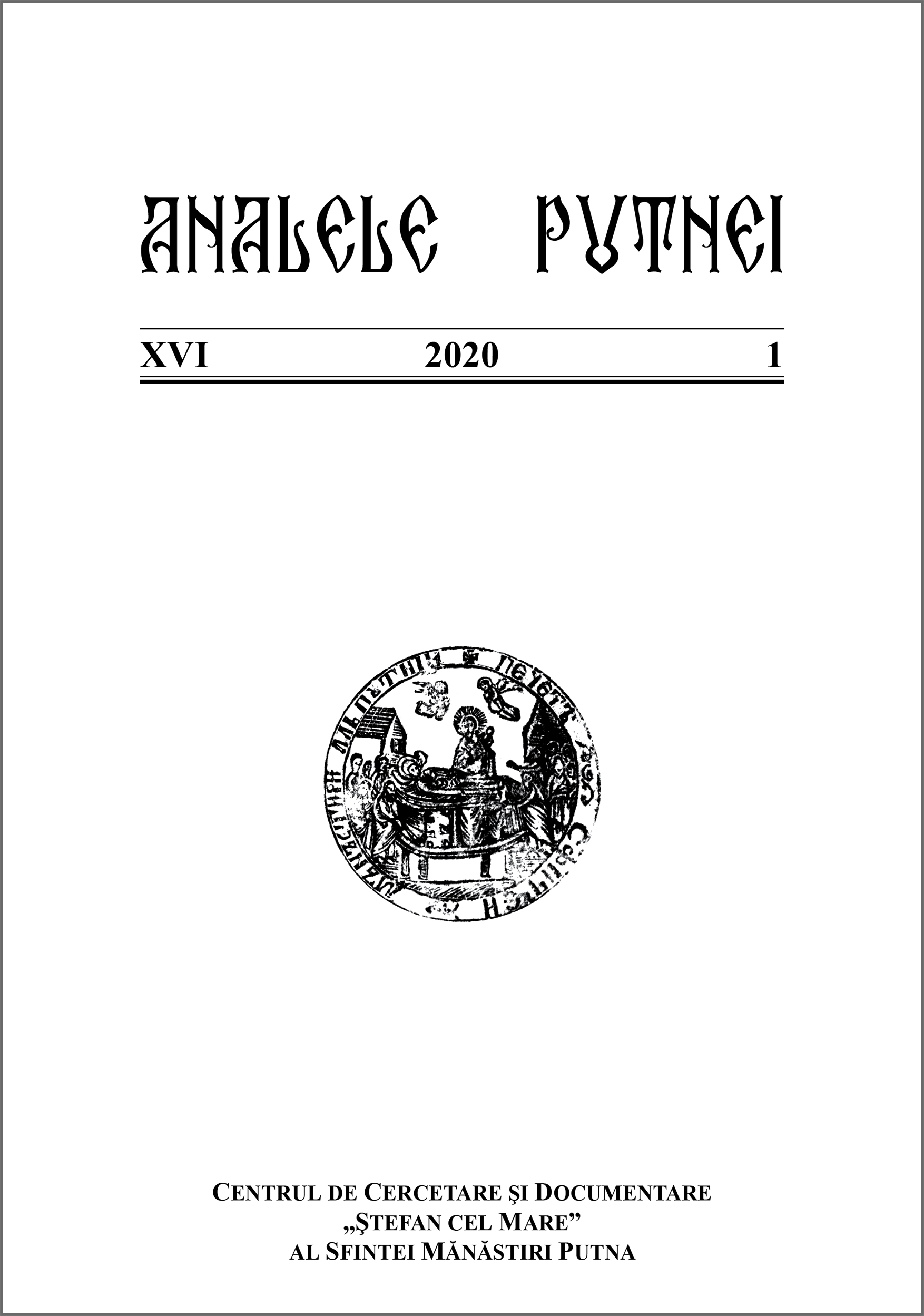Relațiile lui Iancu de Hunedoara cu Țara Românească și Moldova, 1442–1456. O reevaluare (II)
John Hunyadi’s Relations with Wallachia and Moldavia, 1442−1456. A Revaluation (II)
Author(s): Liviu CîmpeanuSubject(s): History, Diplomatic history, 15th Century, The Ottoman Empire
Published by: Centrul de cercetare şi documentare ŞTEFAN CEL MARE
Keywords: John Hunyadi;Moldavia;Wallachia;Kosovo Polje (1448);Ottoman Empire;
Summary/Abstract: After John Hunyadi’s death (August 11, 1456), his family fell into disfavor with Ladislaus the Posthumous. Full of resentments, the Hungarian king accused the late captain general of the realm (and former governor) that he changed the rulers of Wallachia and Moldavia as he pleased, in his own benefit. However, a revaluation of the historical sources reveals that John Hunyadi’s interventions in the Romanian Principalities were motivated by high strategic reasons. If the first part of our paper was centered on the Crusade of Varna (1444), this second part focuses on the Campaign of Kosovo Polje (1448). John Hunyadi’s interventions in the internal affairs of Wallachia and Moldavia, in the year 1447, were preceded by intense diplomacy which built up a great anti-Ottoman alliance, from Castel Nuovo, the residence of Alfonso the Magnanimous, King of Neaples, to Skanderbeg’s camp in the Albanian mountains and the seraglio of Ibrahim Karamanoğlu, in Iconium/Konya. The replacement of Vlad Dracul with Vladislav II and that of Roman II with Peter II not only brought the Romanian Principalities under the hegemony of the Realm of St. Stephan, but ensured John Hunyadi with consistent military support for his Campaign of Kosovo Polje. The failure of this expedition postponed with eight years the decisive confrontation with the Ottomans, in which John Hunyadi believed up to his death. The Peace Treaty of Adrianopolis, in 1451, was mediated by Voivode Vladislav II of Wallachia, whose reign was guaranteed both by the Hungarian Kingdom and the Sublime Porte. Yet, the autonomous policy of the Wallachian ruler was sanctioned by the captain general of Hungary with the confiscation of Făgăraş district, in southern Transylvania, seemingly in the autumn of 1455. In early 1456, the tensions between the two culminated in a brief personal war for the confiscated district, which had as consequence the replacement of Voivode Vladislav II with the throne pretender Vlad Dracula, on the eve of the Battle for Belgrade (June–July 1456). John Hunyadi’s positions in Moldavia were even harder to defend, because of the civil war between the sons and heirs of Voivode Alexander the Good (1400−1432): after the sudden death of Peter II, in late October 1448, the Moldavian reign was taken over by a mysterious “Ciubăr Vodă”, hypothetically identified by the modern historiography with a captain of John Hunyadi, who supported the late voivode’s reign. During his brief reign of two months, in the late fall of 1448, it seems that Moldavia remained under the hegemony of the Hungarian kingdom. The next voivodes, Alexander the Young and Bogdan II concluded alliances with John Hunyadi only to secure their positions against other throne pretenders backed (more or less openly) by King Cazimir IV of Poland. When Voivode Alexander the Young lost his reign in favor of Peter Harnazan, who took the princely name of Peter Aron, in 1454, Moldavia left the hegemony of the Hungarian kingdom for the next two decades. Under the latter’s military control remained only the stronghold Chilia, until the year 1465, when it was conquered by Stephen the Great, prince of Moldavia (1457−1504).
Journal: Analele Putnei
- Issue Year: 2020
- Issue No: 1
- Page Range: 23-38
- Page Count: 16
- Language: Romanian
- Content File-PDF

